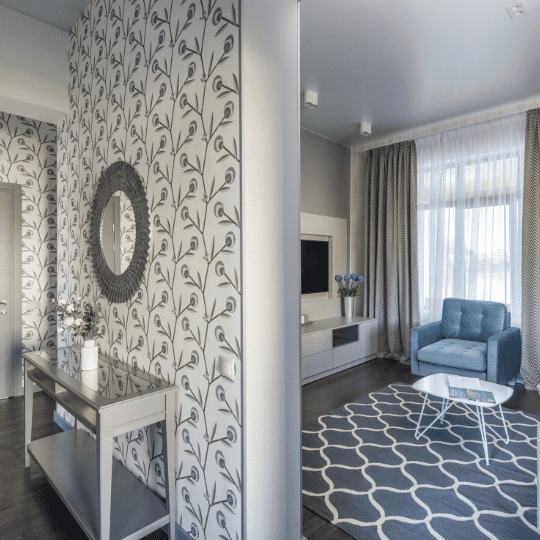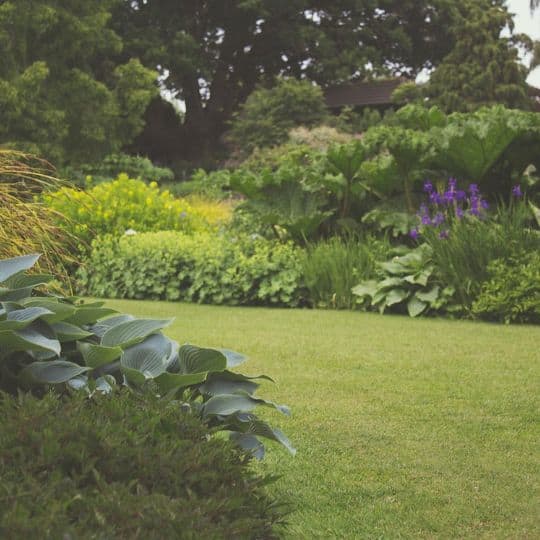Maintaining the Heart of Your Home: Tips for a Healthy Chimney
Table of Contents
In many homes, the chimney serves as the heart of the house especially those with traditional fireplaces or wood-burning stoves. Not only does it provide warmth and comfort during cold seasons, but it also adds a relaxing ambiance to any room. However, like any other part of your home, chimneys require regular care and maintenance to ensure they function properly and safely. Neglecting chimney maintenance can lead to various issues, including poor ventilation, chimney fires, and even health hazards due to the build-up of harmful gases like carbon monoxide. To keep your home chimney healthy and functioning efficiently, here are some essential tips to follow:
Regular Inspections

Regular inspections are crucial for maintaining a healthy home chimney. Beyond regular chimney cleaning out of the soot and debris, inspections can uncover potential issues such as cracks or creosote buildup that could lead to dangerous situations. By scheduling regular evaluations with a professional, homeowners can ensure their chimneys are functioning properly and prevent costly repairs down the line.
By keeping up with regular inspections can also improve the overall efficiency of a chimney. Proper airflow is essential for effective ventilation and preventing smoke from backing up into the home. By addressing any blockages or damage early on through routine inspections, homeowners can enjoy a more efficient fireplace experience and reduce energy costs in the long run.
Clean Regularly
Regular cleaning is crucial to prevent the build-up of creosote, a highly flammable substance that forms from burning wood. Creosote build-up inside the chimney can lead to chimney fires, so it’s essential to have the chimney cleaned by a professional chimney sweep at least once a year, or more frequently if you use your fireplace or stove frequently.
Chimney Sweep Process

To keep a home chimney healthy, regular chimney sweeping is essential. This service should be fully Insured for peace of mind so check in advance and as a general rule a Certificate will be provided to confirm the chimney has been swept to the Industry Code of Practice. These certificates are recognized by Insurance companies.
Chimney sweeps use specialized tools to remove built-up creosote, soot, and debris from the chimney flue. One of the primary tools used in the chimney sweep process is a wire brush attached to flexible rods that can reach up the chimney to the top. This brush helps to scrub away any deposits that could potentially ignite and cause a fire.
The operative may also use a vacuum or industrial-strength suction machine to remove the loosened debris from inside the flue. This ensures that all remnants are effectively eliminated without creating a mess inside your home. By investing in regular sweep services and using the right tools, homeowners can prevent potential hazards such as chimney fires and carbon monoxide leaks. Maintaining a clean and well-functioning chimney not only improves safety but also helps enhance overall heating efficiency in your home.
Use Proper Fuel
To keep a home chimney healthy, it is crucial to use proper fuel. Opting for seasoned hardwoods like oak or hickory can significantly reduce creosote build-up and ensure optimal airflow. Avoid burning wet or unseasoned wood, as this can lead to incomplete combustion, resulting in excess smoke and potential chimney damage. Refrain from using materials like treated wood or plastics can prevent toxic fumes from entering your home and causing harm over time.
Another important aspect of maintaining a healthy chimney is utilizing the right size and type of logs for your fireplace or stove. Choosing logs that are too large can restrict airflow and create more smoke, while smaller pieces may burn too quickly. Finding the right balance will help promote efficient burning and minimize the risk of creosote build-up in the chimney. Proper fuel selection plays a vital role in not only keeping your home warm but also ensuring the longevity and safety of your chimney system.
Install a Chimney Cap
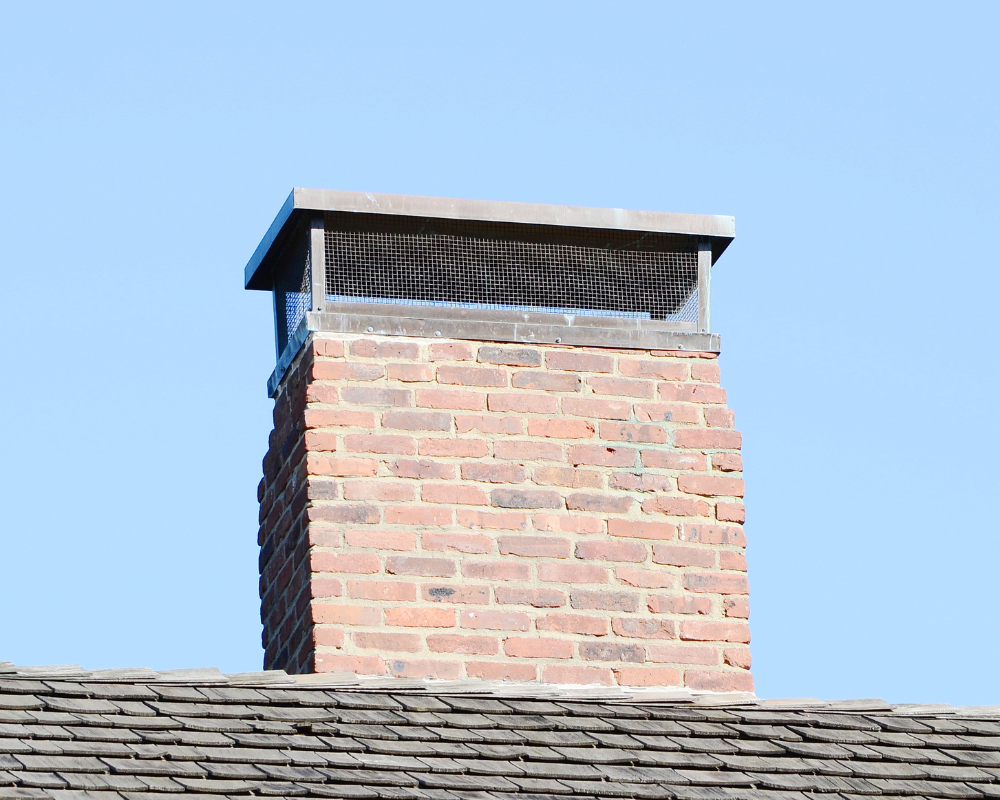
Installing a chimney cap is a crucial step in maintaining the health of your home’s chimney. Not only does it prevent animals and debris from entering, but it also helps to keep moisture out, reducing the risk of water damage and deterioration. By investing in a high-quality chimney cap, you can ensure that your chimney stays in optimal condition for years to come.
In addition to protecting your chimney from external elements, a chimney cap can also improve the overall efficiency of your fireplace or wood stove by enhancing the draft. This means better airflow and reduced smoke build-up inside your home. Regularly checking and cleaning your chimney cap is essential to ensure it continues to function effectively and prolongs the lifespan of both the cap and the chimney itself. By taking these preventative measures, you can enjoy a healthy and safe fireplace experience all year round.
Installing a chimney cap is more than just a simple accessory – it’s an essential component. By understanding its benefits and importance, you can take proactive steps toward safeguarding both your family’s safety and the structural integrity of your property.
Monitor Carbon Monoxide Levels
Monitoring carbon monoxide levels in your home is a crucial step in ensuring the safety of you and your family. In addition to maintaining a healthy chimney, installing carbon monoxide detectors throughout your home is essential for early detection of any potential leaks. These devices can alert you to dangerous levels of carbon monoxide poisoning before it becomes life-threatening.
It Is also important to remember that not all sources of carbon monoxide are related to chimneys – gas appliances, generators, and vehicles in attached garages are just a few other sources that can contribute to indoor pollution. By staying vigilant and taking proactive steps, you can help keep your home safe from this silent killer.
Maintain Adequate Ventilation

Maintaining adequate ventilation is crucial for a healthy home environment. When it comes to keeping your chimney in good shape, proper ventilation plays a key role in ensuring optimal airflow and preventing potentially hazardous build-up of gases like carbon monoxide. A blocked or poorly ventilated chimney can lead to smoke backup, which can be hazardous to your health and cause damage to your home. Regular maintenance of your chimney and flue can help maintain proper ventilation and reduce the risk of blockages that could lead to poor air quality.
Address Cracks and Damage Promptly
Addressing cracks and damage promptly is crucial when it comes to maintaining the health of your home chimney. Ignoring small cracks can lead to more extensive damage over time, potentially resulting in costly repairs or even posing a safety hazard. Regularly inspecting your chimney for any signs of wear and tear can help you catch issues early on, allowing you to take necessary action before they escalate. If you notice any signs of damage to your chimney, such as cracks in the masonry or deteriorating mortar joints, address them promptly to prevent further deterioration. Ignoring such issues can lead to water leaks, structural damage, and increased risk of chimney fires.
One good idea and effective way to keep your home chimney healthy is by investing in a professional cleaning annual inspection. Certified chimney sweeps have the expertise and tools needed to identify even minor damages and address them promptly.
Practice Safe Burning Practices
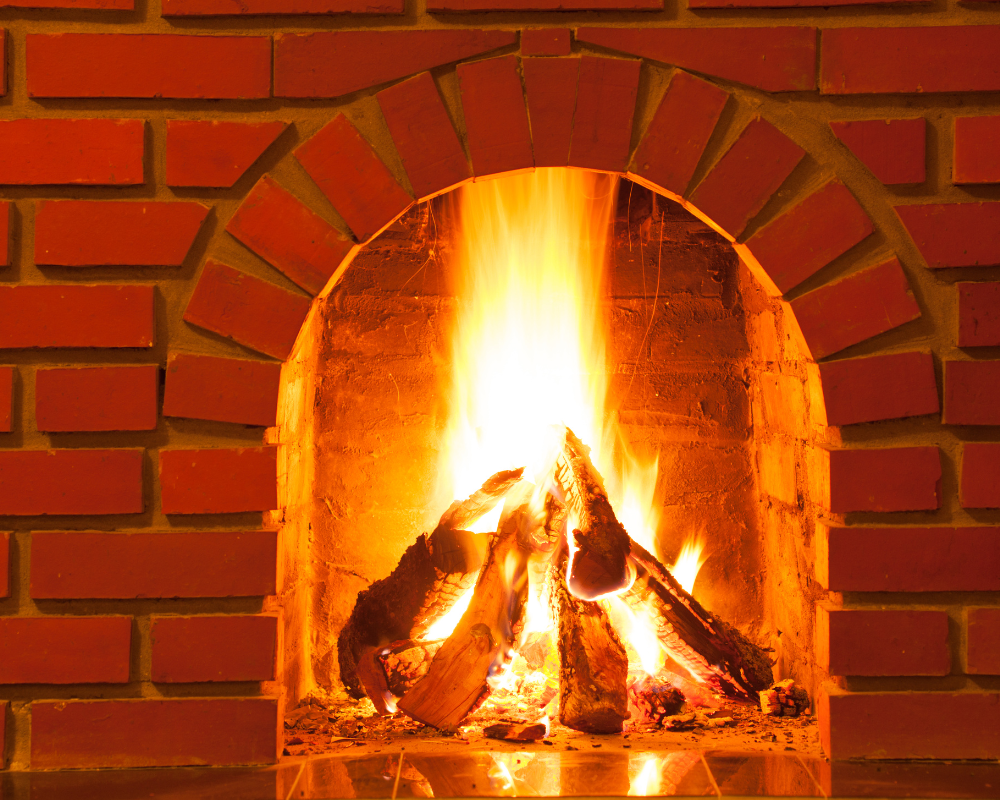

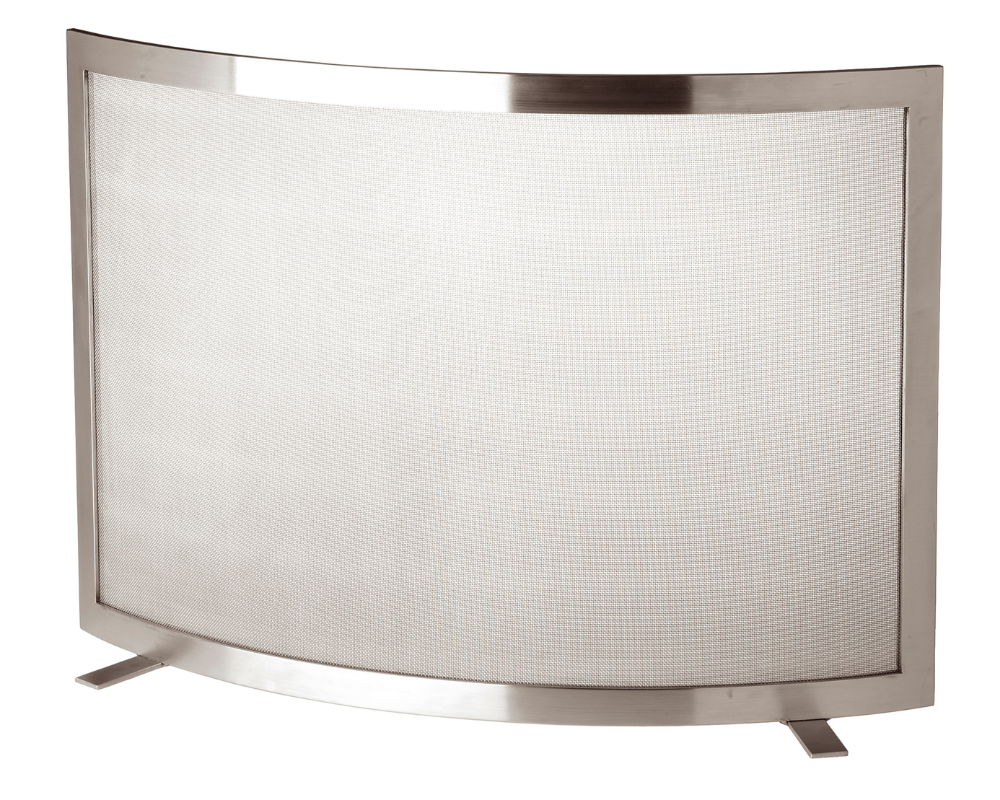
When using your fireplace or stove, follow safe burning practices such as using a fireplace screen to prevent sparks from escaping, remember to never leave a fire unattended, and ensure that the damper is fully open when starting a fire. Always make sure the fire is completely extinguished before leaving the room or going to bed. By following these safe burning practices, you not only protect your home from potential hazards but also prolong the lifespan of your chimney.
Keep the Surrounding Area Clear
Clear any debris, overhanging branches, or flammable materials from around the chimney to reduce the risk of potential fire hazards spreading to your home. It’s also essential to keep the area around the chimney clean to prevent debris from blocking airflow.
Conclusion
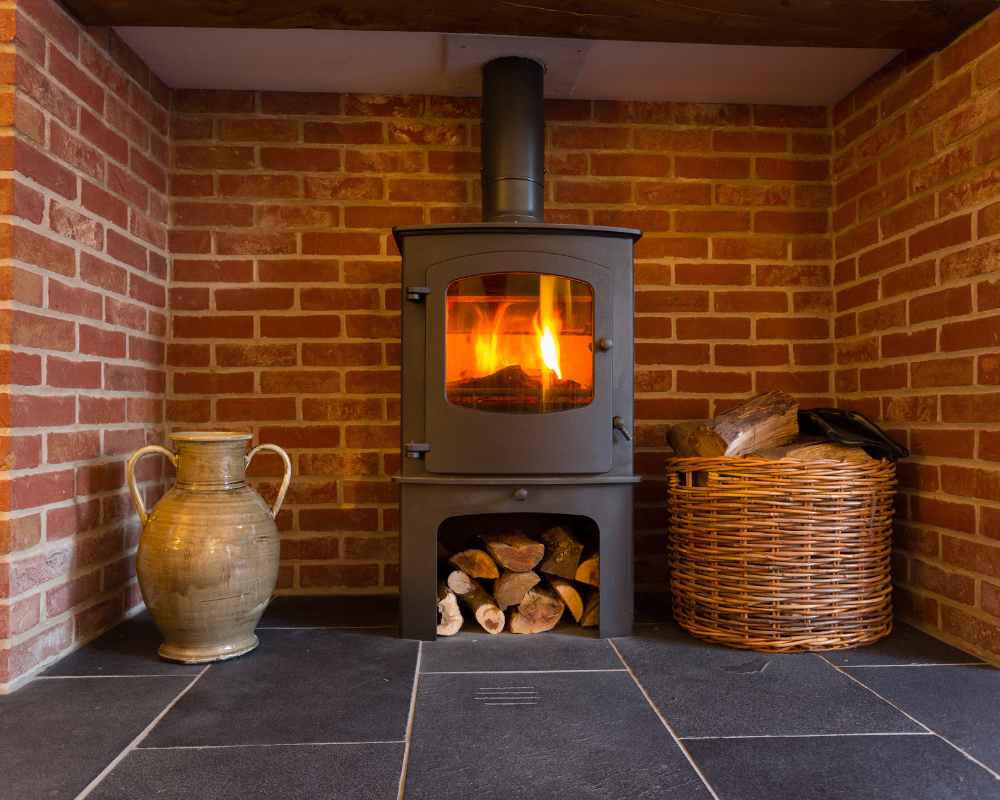
By following these tips and investing in regular chimney maintenance, you can ensure that your home chimney remains healthy, safe, and efficient for years to come. Remember that neglecting this care can lead to costly repairs, safety hazards, and even potential health risks for you and your family. It is essential to prioritize chimney maintenance as part of your overall home care routine and enjoy the warmth of your fireplace or stove with peace of mind.

